‘Suffocating Occupation’ of Palestine is now a Series of War Crimes
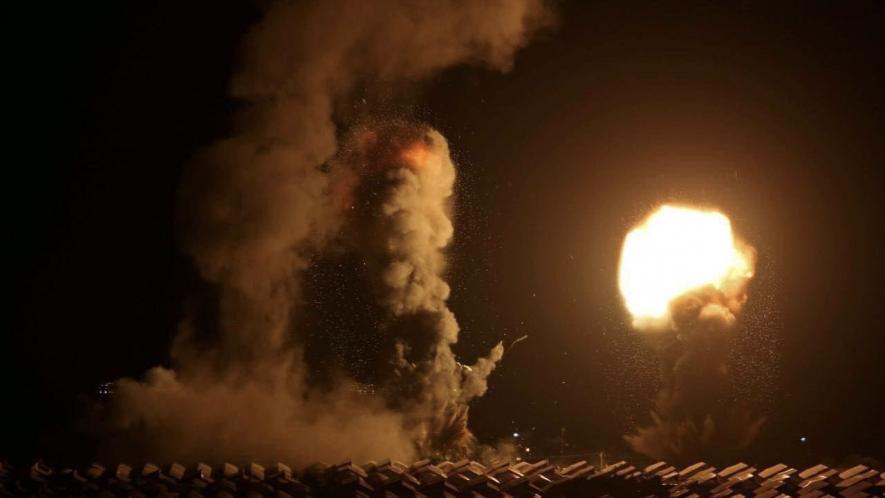
On the night of October 27, Israel cut all communication services in Gaza and intensified the aerial bombing campaign.
On October 24, it became clear to the United Nations (UN) that the sustained bombardment of Gaza—which had already killed 6,500 people (including at least 35 UN employees)—had made this part of Palestine unviable for human life. Over two million people live in this slim section of land on the Mediterranean Sea. Since 1948, the refugees who live here have relied on UN assistance, with the United Nations building an entire agency (UNRWA) in 1949 for that purpose.
UN Secretary General António Guterres told the UN Security Council that within days the UN would run out of fuel for its trucks, which carry the minimal relief that crosses into Gaza from Egypt and supports the 660,000 Palestinians who have fled their homes to come to UN compounds across Gaza. The trucks carry “a drop of aid in an ocean of need,” Guterres said. “The people of Gaza need continuous aid delivery at a level that corresponds to the enormous needs. That aid must be delivered without restrictions.”
Guterres’s statement, delivered in a calm voice, did however depart from the sentiment of disregard that defines the statements of European and North American leaders—many of whom have rushed to Tel Aviv to stand beside Israeli Prime Minister Benjamin Netanyahu and pledge their full-throated support for Israel.
History matters. Guterres said that the problems now befalling the Palestinians of Gaza did not begin on October 7, when Hamas and other Palestinian factions broke through the apartheid security barrier and attacked the settlements that border Gaza.
His statement on the situation over the past decades is factual, based as it was on thousands of pages of UN reports and resolutions: “It is important to also recognize the attacks by Hamas did not happen in a vacuum. The Palestinian people have been subjected to 56 years of suffocating occupation. They have seen their land steadily devoured by settlements and plagued by violence; their economy stifled; their people displaced, and their homes demolished. Their hopes for a political solution to their plight have been vanishing.” The image of the “suffocating occupation” is utterly accurate.
After Guterres made these remarks, Israeli authorities—as if on cue—demanded the resignation of the UN Secretary-General. Israel’s permanent representative to the UN Gilad Erdan accused Guterres—absurdly—of “justifying terrorism.” Saying that Guterres “once again distorts and twists reality,” Erdan noted that his government would not permit the UN Humanitarian Aid chief Martin Griffiths from crossing the Rafah border into Gaza to oversee the distribution of relief. “In what world do you live?” asked Israeli Foreign Minister Eli Cohen of Guterres.
At the UN Security Council, meanwhile, the United States vetoed resolutions for a ceasefire, while China and Russia vetoed a US resolution that said Israel had a right to defend itself and Iran must stop its export of arms. The United States has deeply politicised the atmosphere in the UN, using its own resolutions to rally support—unsuccessfully—for Israel, while attacking the Palestinians (and bizarrely Iran) in the process.
Nothing Neutral About the United States
The United States has never been an unbiased arbiter over the region, given its close linkage to Israel from at least the 1960s. Billions of dollars of weapons sold to Israel, billions of dollars of aid to Israel, and punctual statements in favour of Israel have defined the relationship between Washington and Tel Aviv.
During all the negotiations between the Palestinians and Israelis, the United States has played a game of duplicity: pretending to be neutral, but in fact, using its immense power to neuter Palestinians and to strengthen Israel.
The Oslo Accords, which led to the creation of a powerless Bantustan run by the Palestinian Authority, was negotiated with the United States with its hands on the pen. Oslo led to the creation of a process that has resulted in the attrition of Palestinian control over East Jerusalem and the West Bank as well as the garrotting of the Palestinians in Gaza—all of this combined being the “suffocating occupation” that Guterres talked about.
Since 2007, when Israeli troops left Gaza and then hemmed it in by land and sea walls that made Gaza the world’s largest open-air prison, Israel has routinely bombed the Palestinians who live there. Each time there is a bombardment, one worse than the next, the United States government has backed Israel fully and re-armed it during the bombardment.
Calls for a ceasefire have been blocked by Washington in the UN Security Council since the destructive bombing of Gaza called Operation Cast Lead (2008-09). This time, on cue, the United States has provided Israel with diplomatic support, with President Joe Biden going to Tel Aviv and with the United States going as far as adopting a flagrant lie that Israel did not bomb al-Ahli Arab Hospital in Gaza City on October 17.
Before Biden got to Israel, the United States sent two major naval battle groups into the eastern Mediterranean—two aircraft carriers, the USS Dwight D. Eisenhower and the USS Gerald Ford, with their supporting naval vessels in two strike groups.
Since then, the US has moved missile defence systems into the region to strengthen the Israeli armed forces. The movement of these forces comes alongside billions of dollars spent annually by the US to arm Israel, including $15 billion in extra military assistance over this recent period. These wars are not merely Israel’s wars. These are the wars of Israel and the United States, with its Western allies in tow.
Gaza Will Become Mosul
Meanwhile, the United States has sent senior military officials to work closely with the Israeli generals. One of these officials is a three-star Marine lieutenant general James Glynn, who has been sent to “help the Israelis with the challenges of fighting an urban war.”
Glynn and others are in the Israeli military chain of command not to make decisions for Israel but to assist them. Glynn was part of the US Operation Inherent Resolve against the Islamic State of Iraq and Syria (ISIS) in the years following 2014, when the United States bombed Mosul and Raqqa (Iraq) to eject ISIS from those cities.
As if to underline Glynn’s Mosul and Raqqa experience, US Defence Secretary Lloyd Austin told Israel’s Defence Minister Yoav Gallant that he had himself been involved in Operation Inherent Resolve in 2016-2017 when Austin headed US Central Command. Austin’s comments and Glynn’s deployment to Israel are in anticipation of the ground war that is expected against Gaza. “The first thing that everyone should know,” Austin told ABC News, “and I think everyone does know, is that urban combat is extremely difficult.”
Indeed, Austin’s comment about the difficulty of urban combat, particularly with the Mosul and Raqqa experiences in mind, is appropriate. In 2017, the Associated Press (AP) reported that the US attack on Mosul had resulted in between 9,000 and 11,000 civilian casualties. Very few people recall the brutality of that war and the numbers of civilian dead are barely noted.
If Mosul is the example before the United States and Israel for the ground war to come in Gaza, there are some differences that should be borne in mind. ISIS had only two years to dig in its defences, while the Palestinian factions have been preparing for such an eventuality since at least 2005 and are, therefore, better prepared to fight the Israeli army one ruined street after the next.
It appears from all reports that the morale of the Palestinian factions is far greater than that of the Israeli army, which means that the Palestinian factions will fight with much more force and with much less to lose than ISIS (whose fighters slipped out of the city and vanished into the countryside).
In both Mosul and Raqqa, when the US aerial bombardment began, tens of thousands of civilians fled the cities for the countryside alongside some ISIS fighters to wait for the destruction to commence and then end. If they had remained in Mosul and Raqqa, the civilian casualties would have been twice the number reported by AP.
Mosul’s population was just 1.6 million, smaller than the 2.3 million residents of Gaza—so the numbers of civilian casualties would have to be adjusted upwards. Palestinians in Gaza are trapped and cannot escape to the countryside, unlike the residents of Mosul and Raqqa. They can go nowhere as Israeli tanks enter Gaza, guns blazing. The civilian deaths in Gaza, already outrageously high due to the uncontrolled bombing by Israel, will be unimaginable during this ground war that began on October 27. Gaza, already a ruin, will be left a cemetery.
The Everyday Violence of Life in Occupied Palestine
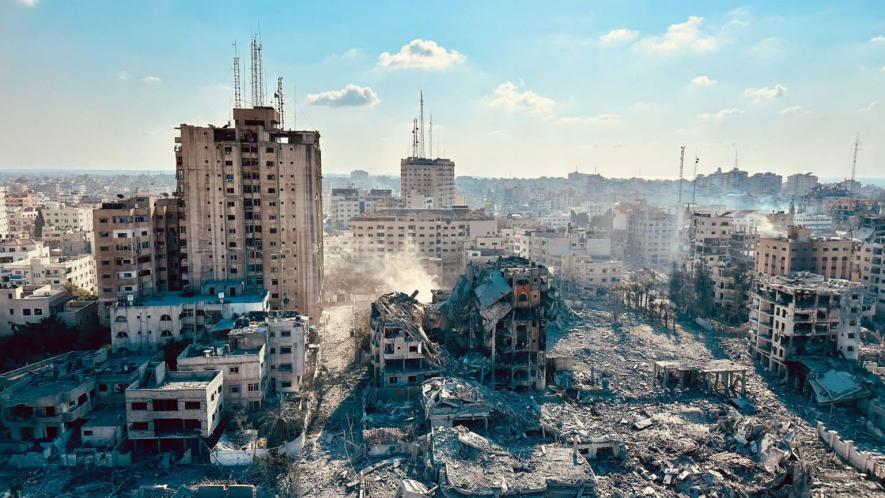
Israel's defense minister told parliament that his forces have a three-point plan—to destroy Hamas, to destroy the other Palestinian factions, and to create a new “security regime” in Gaza (Photo: Times of Gaza via X).
Driving along the Jordan River Valley in the Occupied Palestine Territory (OPT) of the West Bank is a stunning experience. The road is officially called Highway 90. The arable and irrigated land along this road is held militarily and illegally by Israeli settlers, many of whom are not actually Israeli citizens, but residents from the Jewish diaspora. A United Nations Commission report published in 2022 showed that this settlement activity is a crime against international human rights law (transfer of population into an occupied territory). Israeli settlers and the Israeli military that defend them call Highway 90 Derekh Gandhi or Gandhi’s Road. When I first drove along that road over a decade ago, I was puzzled by Gandhi’s name there. Mahatma Gandhi was a leader of the Indian freedom struggle, and had on many occasions—such as in his 1938 article, “The Jews”—offered his sympathy and solidarity with the Palestinian people. In fact, the road that slices through the West Bank—a crucial part of a proposed Palestinian state—is named after Rehavam Ze’evi, who was ironically given the nickname Gandhi.
Ze’evi led the National Union party, which brought together all the most dangerous currents of Israeli far-right politics. As the leader of this party, and, before that, of Moledet, Ze’evi advocated the removal of Palestinians from what he considered to be Israel’s land (East Jerusalem, Gaza, and the West Bank). He supported the creation of Eretz Yisrael that would stretch from the Jordan River to the Mediterranean Sea. In March 2001, Ze’evi—who would later be accused of sexual harassment and of being involved in organized crime—told The Guardian that “it’s not murder to get rid of potential terrorists, or those who have blood on their hands. Each one eliminated is one less terrorist for us to fight.” A few months later, Ze’evi showed that he did not distinguish among Palestinians, calling all of them a “cancer” and saying, “I believe there is no place for two peoples in our country. Palestinians are like lice. You have to take them out like lice.” He was shot to death by fighters of the Popular Front for the Liberation of Palestine (PFLP) in October 2001. The name of the road that cuts across the West Bank—promised to a Palestinian state in the Oslo Accords of 1993—still bears Ze’evi’s name.
Ze’evi was assassinated by PFLP fighters because the Israeli army had killed their leader Mustafa Ali Zibri by firing two cruise missiles at his home in Al-Bireh (Palestine). The assassination of Zibri was not an isolated incident. It was part of Israeli Prime Minister Ariel Sharon’s plan to “cause the collapse” of the Palestinian Authority—created to manage the Oslo Accords—and “send them all to hell.” Apart from the murder of civilians on a punctual basis, from July 2001 the Israeli government killed four political leaders (Islamic Jihad leader Salah Darwazeh and Hamas leader Jamal Mansour in July, and then Hamas leader Amer Mansour Habiri and Fatah leader Emad Abu Sneineh in August). After the killing of Zibri, the Israelis assassinated Hamas’s Mahmoud Abu Hanoud in November. “Whoever gave a green light to this act of liquidation,” wrote military correspondent Alex Fishman in Yediot Ahronot, “knew full well that he is thereby shattering in one blow the gentleman’s agreement between Hamas and the Palestinian Authority; under that agreement, Hamas was to avoid in the near future suicide bombings inside the Green Line [Israel’s pre-1967 borders].”
Hot violence, cold violence
For centuries, Palestinian Christians, Muslims, and Jews lived side-by-side in the lands that would eventually be Israel and the OPT, including along the Jordan River Valley. Since the expulsion of the Palestinian Christians and Muslims and the arrival of European Jews, the legal apparatus—or the “cold violence,” as the writer Teju Cole calls it—worked alongside paramilitary and military violence against the Palestinians to create a fantasy of an ethno-nationalist state project (the Jewish State, as it was then called). The erasure of the non-Jewish Palestinians was key to this project, either by massacres (Deir Yassin in 1948) or the wholesale removal of the Palestinian population from their land (the Nakba of 1948). The massacres and the population transfers came alongside the denial of the reality of Palestine and the Palestinian people. The heir to Ze’evi, current finance minister Bezalel Smotrich said this March, “There’s no such thing as Palestinians because there’s no such thing as a Palestinian people.” This is not an opinion that can be dismissed as a far-right rant. Likud member Ofir Akunis, minister of science and technology, said three years ago, “There’s no place for any formula to establish a Palestinian state in Western Israel.” The phrase “Western Israel” is a chilling statement about the Israeli consensus on full annexation of the West Bank with disregard for international law.
A focus on Gaza is essential. The Israeli “hot violence” is extreme, with the death toll of Palestinians—almost half of them in Gaza of children—over 5,000. The Israeli land invasion has been blocked, for now, by the recognition of high morale among the Palestinian resistance. The latter will fight every Israeli soldier that goes into the ruins of Gaza. Before this Israeli incursion, 450 trucks crossed into Gaza with supplies for the 2.3 million residents; it was taken as a victory when nine United Nations trucks and 11 trucks of the Egyptian Red Crescent crossed into Gaza on October 21. Amnesty International looked at only five bombings of the Israelis and found evidence of war crimes, which should alert the International Criminal Court to re-open its file on Israeli atrocities. This should include the crime of collective punishment by cutting water and electricity to Gaza, and bombing access roads to the Rafah crossing into Egypt, and by bombing the Rafah crossing itself.
Large demonstrations across the world demand a ceasefire (at a minimum) and an end to the occupation. Israel is not interested. Its defense minister Yoav Gallant told parliament that his forces have a three-point plan—to destroy Hamas, to destroy the other Palestinian factions, and to create a new “security regime” in Gaza. The Palestinian people—not just the armed factions—are resolute in their resistance to Israeli occupation. The only way for Gallant’s new “security regime” to work would be to erase this resistance, which means to remove all Palestinians from Gaza either by massacres or by dispossession. The United States is following along with this extermination plan: a US State Department memorandum says that its diplomats must not use phrases such as “de-escalation,” “ceasefire,” “end to violence,” “end to bloodshed,” and “restoring calm.”
Vijay Prashad is an Indian historian, editor, and journalist. He is a writing fellow and chief correspondent at Globetrotter. He is an editor of LeftWord Books and the director of Tricontinental: Institute for Social Research. He has written more than 20 books, including The Darker Nations and The Poorer Nations. His latest books are Struggle Makes Us Human: Learning from Movements for Socialism and (with Noam Chomsky) The Withdrawal: Iraq, Libya, Afghanistan, and the Fragility of U.S. Power.
This article was produced by Globetrotter.
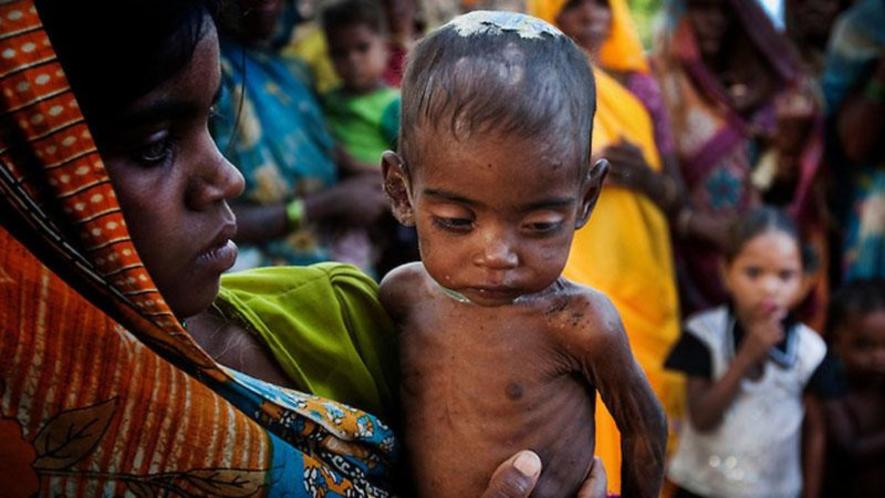

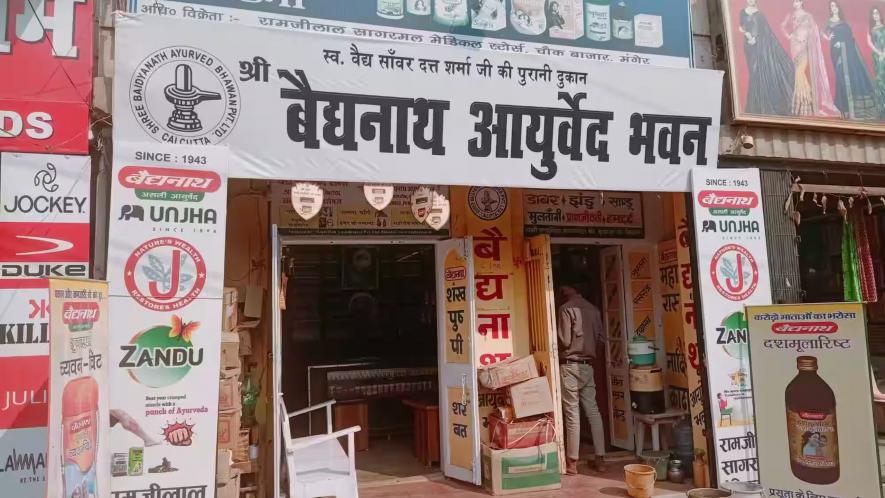
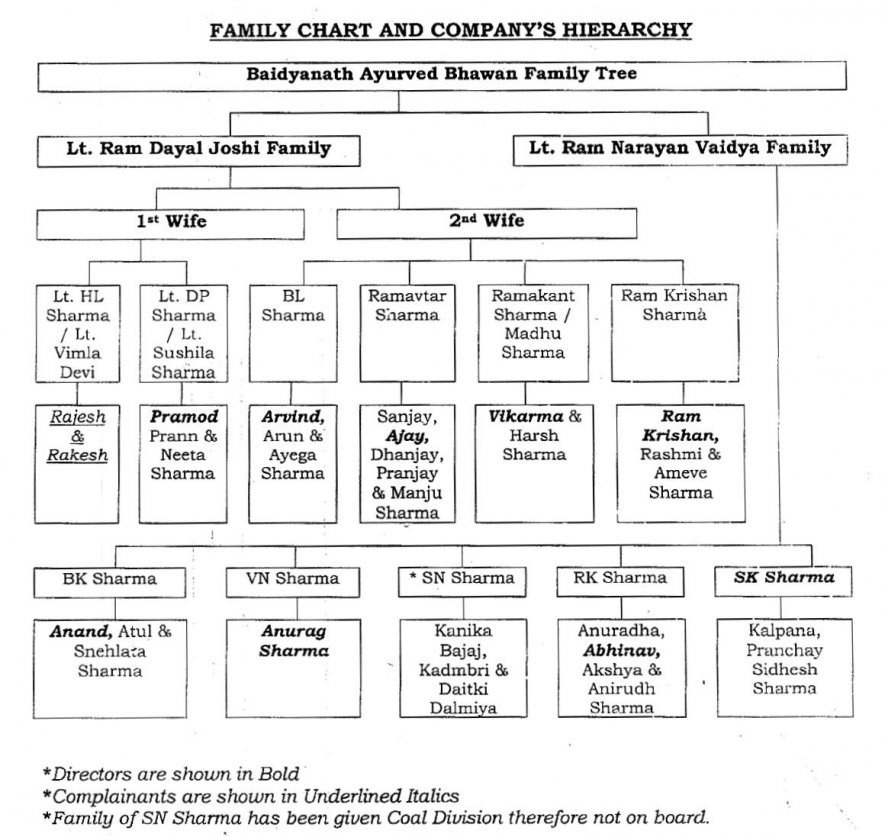
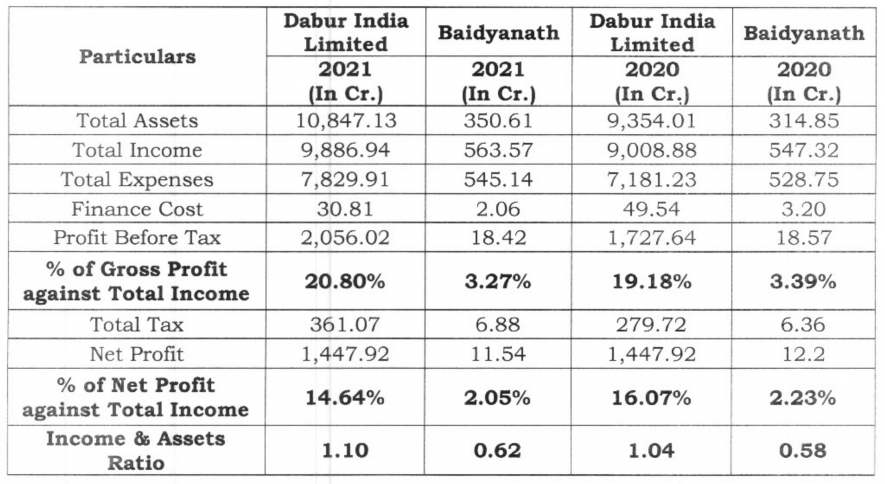

.png)
.png)
.png)